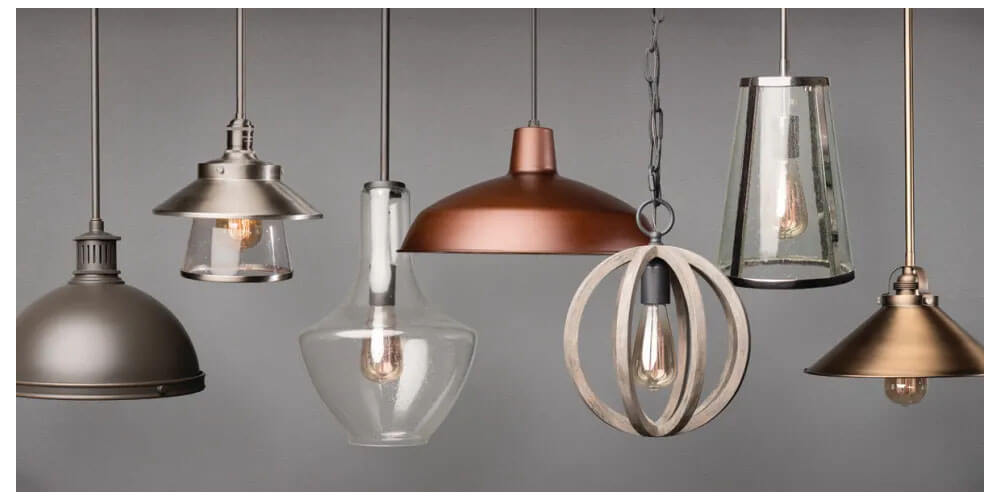Pendant lighting is a method of hanging lights. Pendant lights usually hang from the ceiling. This can be achieved using a rope or a chain. In some cases, the lights are hung using more than one rope or chain. They can be three ropes. This types of lights are known as pendant lights because they hand like necklace pendants. More than often, pendant lights are confused with chandeliers. The difference between pendant lights and chandeliers is that chandeliers include several bulbs on a single fixture. On the other hand, pendant lights feature a single light on a fixture. Here, we look at the basics of pendant lights.
How to use pendant lights in your home
There are numerous ways of using this type of light in your home. Some of these ways include:
1. General lighting
Pendant lights can get applied as general lighting. Here, they are used to provide light in an entire room. There is no limit to which room you can have pendant lights installed. You can go as far as to use the lights as porch lights or other outdoor applications.
2. Hallway lighting
You can also use pendant lights in specific areas of the house, like hallways and stairways. Here, the lights can light up the narrow spaces. You can also use them to highlight your photos and paintings installed on the hallways.
3. Decorative lighting
Pendant lights also have an appealing quality to them. Therefore, you can use them for decorative purposes like lighting up or highlighting a fountain.
4. Styles of pendant lighting
This type of lighting’s basic style or principle is that it hangs from the ceiling and features a single bulb on a fixture. However, pendant lights come in a wide range of styles. The styles can be categorized into the following;
5. Shapes
Pendant lighting can be categorized depending on the shape. The lights come in a wide array of shapes that you can choose from according to your taste. The most common shapes are rectangles, domes, and globes.
6. Materials
Pendant lighting can also be categorized based on the material. The most common materials for pendant lights are glass, plastic, and paper. The material used to make the pendant lights affect its qualities. These qualities include its durability, ambiance, and aesthetic appeal. Glass pendants are the most popular option.
Advantages of pendant lighting
Below are the primary benefits of this form of lighting;
1. They can act as spotlights
Pendant lighting can be applied as spotlighting. This is because they project light on a single spot. Therefore, you can use the lights to emphasize a single element like a painting, sculpture, or household decoration.
2. They do not consume floor space
Since they hang from the ceiling, they do not consume any floor space. This means that you do not have to worry about walking into the lights or breaking them.
3. They are attractive
These lights, especially glass pendant lights, have quite the aesthetic appeal.
Conclusion
Pendant lighting can be applied at home, in the office, or a business structure. Small businesses and offices use these lights to provide lighting and transform the mood of their facilities.
